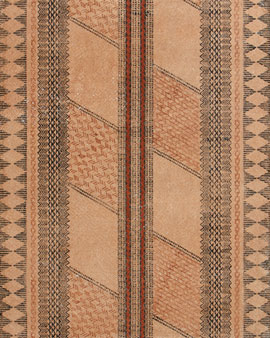 Pi‘ilani
Pi‘ilani
The name of King Pi‘ilani is synonymous with the Golden Age of Maui (1500s–1700s), an era of profound accomplishments and remarkable royal personages.
To Pi‘ilani is attributed the political unification of East and West Maui, the island-encircling King’s Highway, ceremonial architecture on a grand scale (Pi‘ilanihale, the largest heiau, or temple, in the Hawaiian Islands), and Maui’s rise to political prominence—which continued for two-and-a-half centuries until invasion and conquest by Kamehameha the Great.
Of Pi‘ilani’s three royal marriages, the most significant was to his high-born first cousin La‘ielohelohe. Her father, Kalamakua, was a high chief of O‘ahu. Her mother, Kelea—a celebrated surfer who was reputed to be the most beautiful woman on Maui—was the sister of Pi‘ilani’s father. The union of Pi‘ilani and La‘ielohelohe produced four offspring, all of whom were to play consequential roles in Maui’s—and Hawai‘i’s—history.
Although King Pi‘ilani resided periodically in Hana and Wailuku, and made frequent tours throughout his kingdom to collect taxes, promote industry and enforce order, he ruled from Lahaina, where he was born and is known to have died. His Lahaina residence and the nearby fishpond Mokuhinia became identified with a mo‘o (water deity), which inhabited the cavern beneath Moku‘ula island in Mokuhinia pond. Following her death, Pi‘ilani’s daughter Kala‘aiheana was deified as Kihawahine, the divine mo‘o guarding the royal family and royal descendants. Thus, sacred Moku‘ula became the pivotal spiritual and political focus of the highest bloodlines and the most sacred kapu for the next three centuries.





